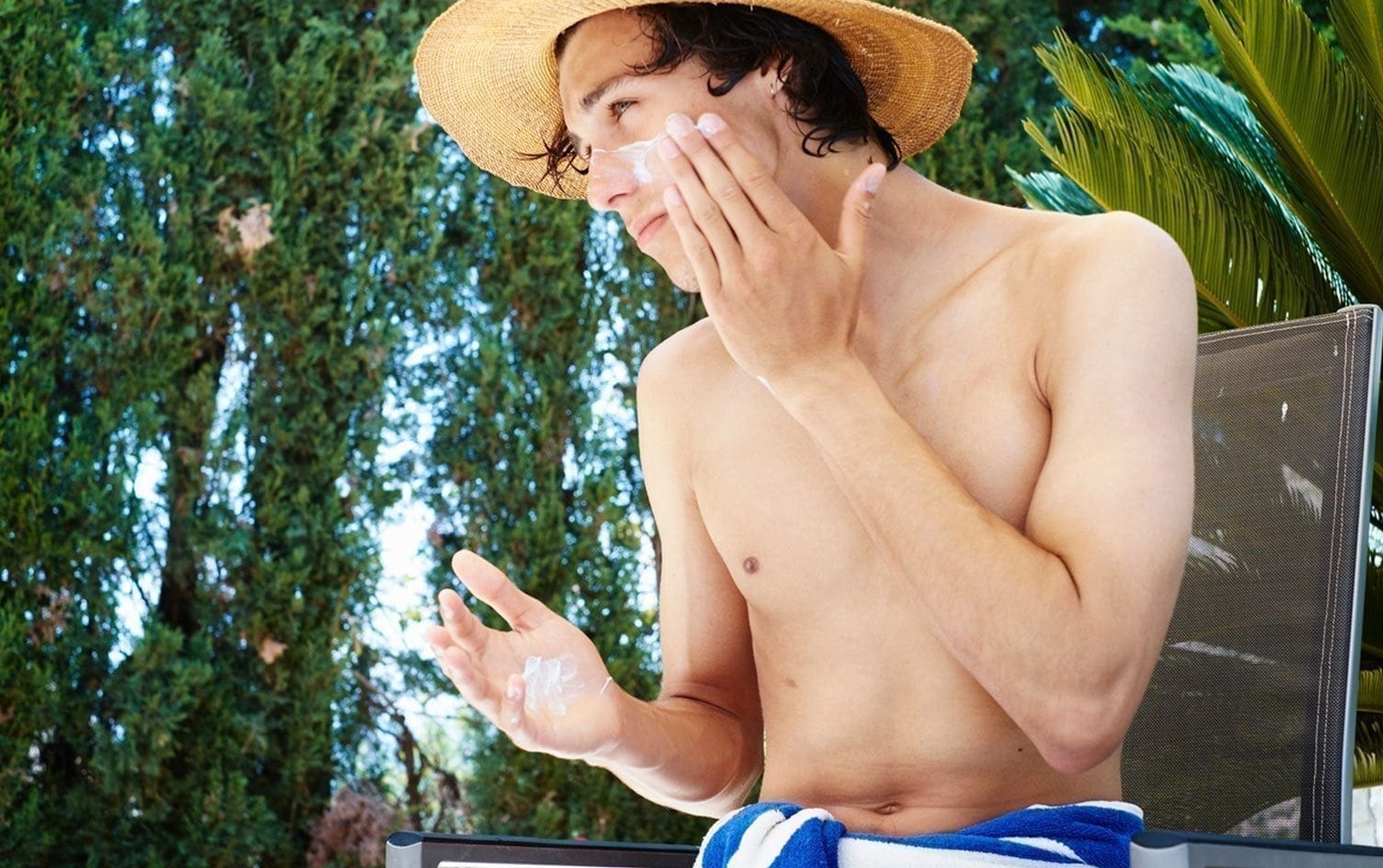Do you diligently protect your skin at the pool or beach, but opt not to wear sunscreen during outdoor workouts? If so, you’re not alone. After all, sunscreen can feel sticky, oily and goopy on your skin — and, worse, it can drip into your eyes when you sweat. Not only that, it’s one more thing to have to worry about — and for runners who love the freedom of running in the warm weather, it can feel downright inhibiting to have to slather on the sunscreen.
Though it may not feel instinctual to reach for the sunscreen before you head out on a run, it’s a good idea to make it part of your routine. “It is important to really think about more robust sun protection when running, cycling or other outdoor activities,” says dermatologist Joel Cohen, MD, spokesperson for the American Academy of Dermatology and director of AboutSkin Dermatology in Denver.
AT RISK FOR SKIN CANCER
You may think that those shorter runs, walks or hikes don’t matter for sun exposure, but they do. “Cumulative sun exposure is involved with many of the skin cancers we see, such as squamous cell carcinoma. Even before you get red, there is ultraviolet-induced immunosuppression,” Dr. Cohen says. As for those short runs? “Even a few minutes can mean significant sun exposure,” he says. Bottom line: All time in the sun adds up.
SKIN DAMAGE FROM THE SUN
If the skin cancer argument doesn’t sway you, consider the fact that a recent Annals of Internal Medicine study confirmed sunscreen can protect against skin aging. Researchers assigned one group of participants to wear sunscreen daily, and the other group to do what they normally did. They took skin impressions of participants at the beginning of the study, and again after 4 1/2 years. The group that used sunscreen daily had significantly less skin damage.
While the sun’s UVB rays are linked to cancer, it’s the UVA rays that can damage your skin. The AAD’s recommendation to consumers is clear: “Every time you tan, you damage your skin. As this damage builds, you speed up the aging of your skin and increase your risk for all types of skin cancer.”
TIPS FOR FINDING THE RIGHT SUNSCREEN
Your sunscreen regimen doesn’t have to be complicated. Here are a few things to consider:
LOOK FOR WATER RESISTANCE
Make sure your sunscreen is marked “water resistant” — although you may still need to reapply if you are out for several hours and sweating.
WEAR A HAT
“By covering up your forehead with a hat or a bandana, you can usually avoid sunscreen dripping into your eyes,” Dr. Cohen says.
USE A SUNSCREEN STICK AROUND YOUR EYES
Another way to avoid sunscreen dripping into your eyes is to use a sunscreen stick. Make sure it’s SPF 30 or higher.
KEEP IT SIMPLE
The key ingredients you need are zinc oxide and titanium dioxide, Dr. Cohen says. Those are the ingredients that provide protection.
AVOID IRRITANTS TO SENSITIVE SKIN
The AAD recommends that you avoid products with fragrance, parabens or oxybenzone (benzophenone-2, benzophenone-3, diosybenzone, mexenone, sulisobenzone or sulisobenzone sodium) if you have sensitive skin. “Baby sunscreens are a great formulation for people with sensitive skin,” Dr. Cohen says.
WEAR LIP BALM
Don’t forget about your lips! They burn, too. Use a lip balm with an SPF of 30 or higher.
You can find more AAD recommendations for choosing the right sunscreen for you. “Find the sunscreen you don’t mind wearing that will give you good physical protection,” Dr. Cohen says. Your skin — and your overall health — will thank you.




